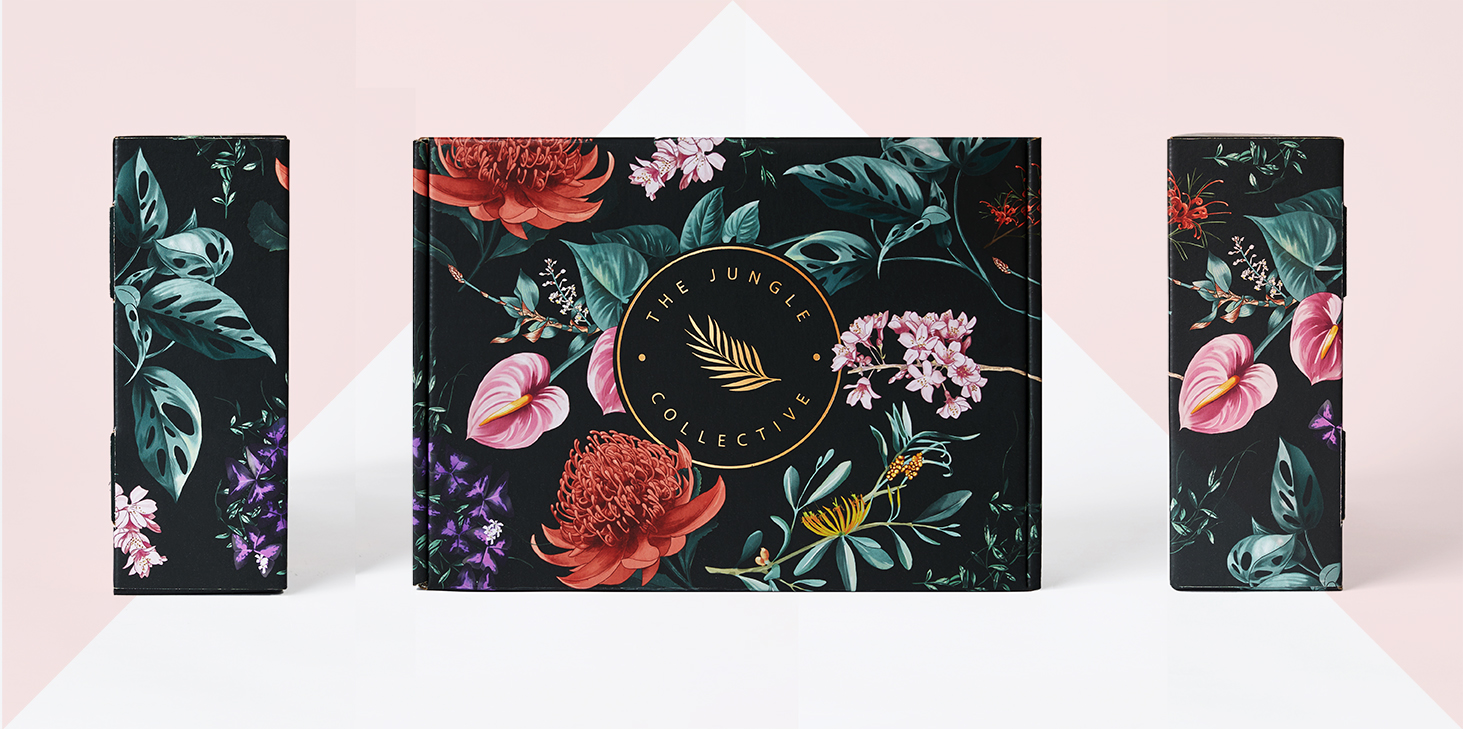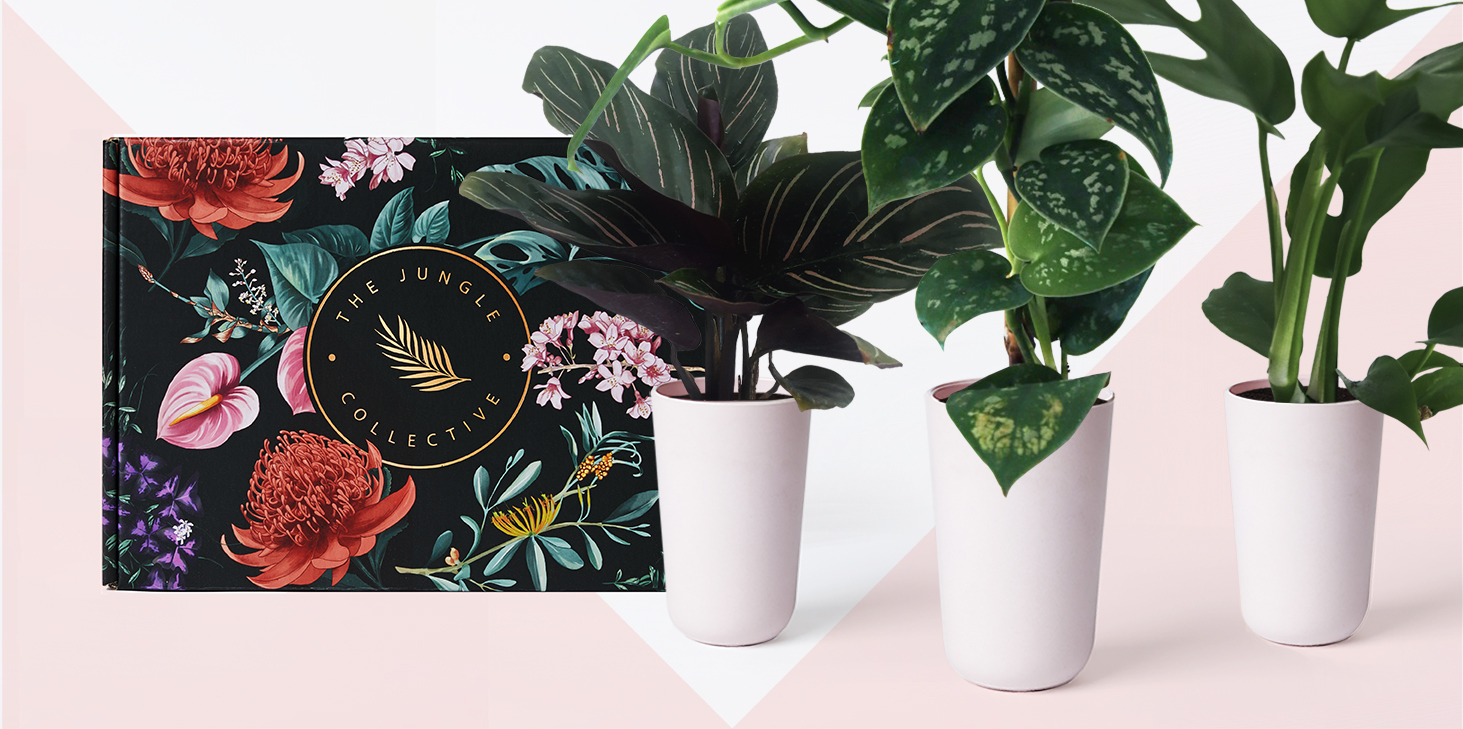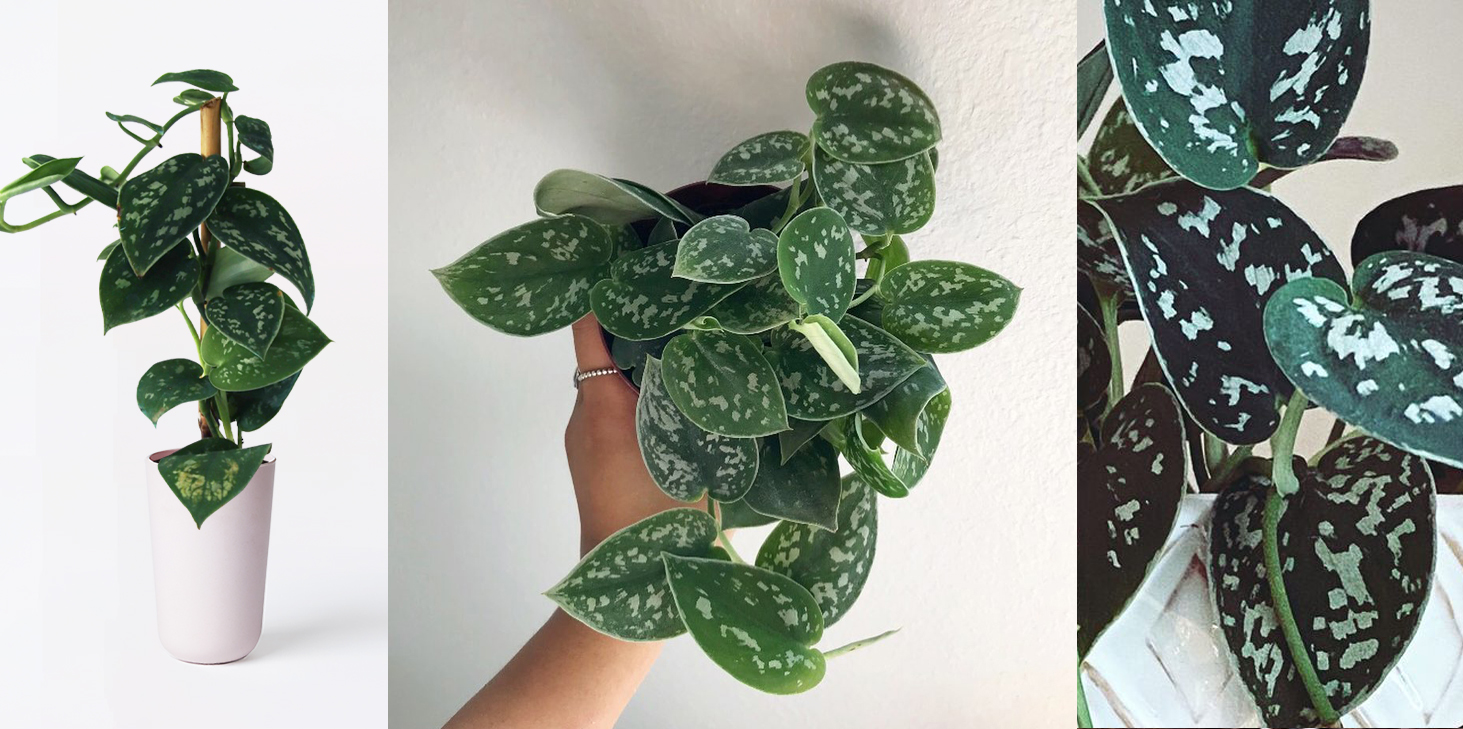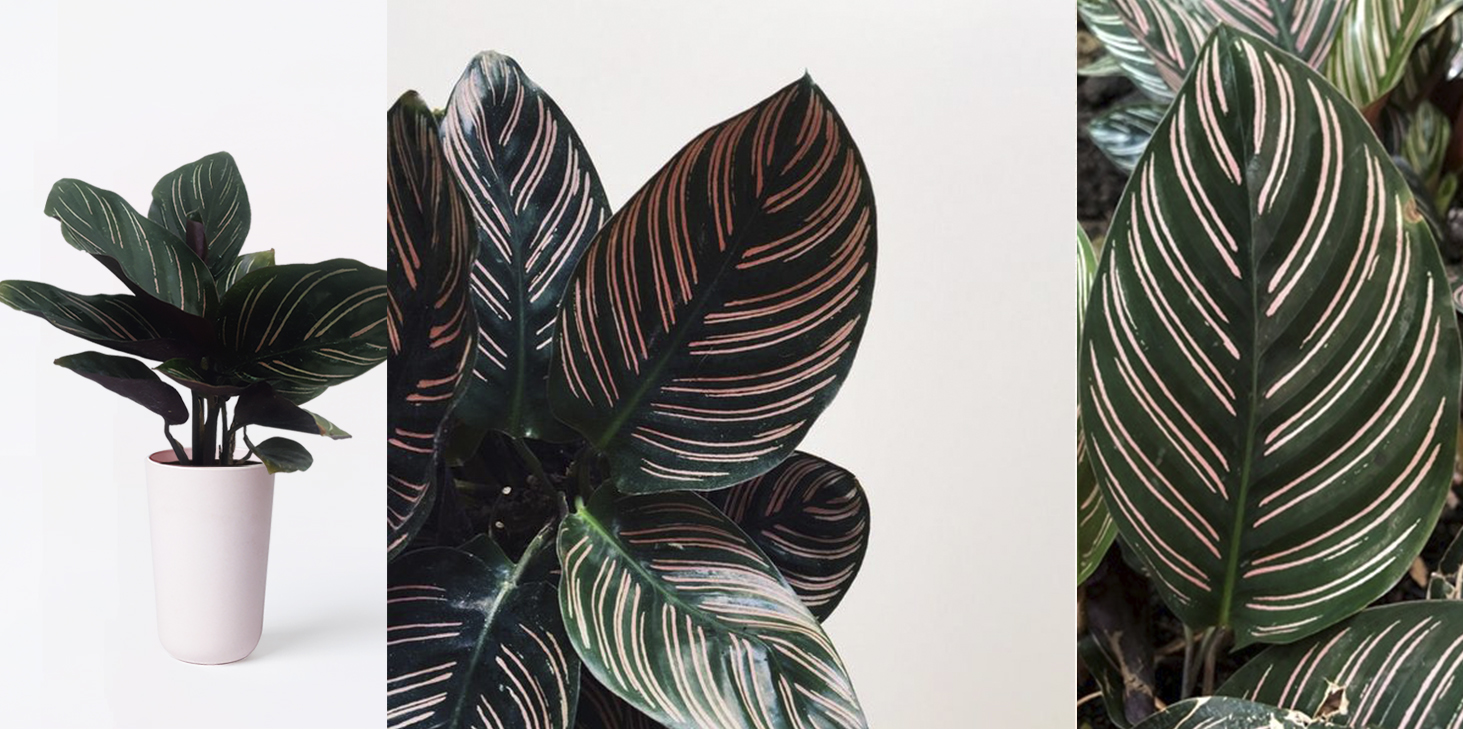
Congratulations on your recent Jungle Box purchase!
Time to lean back, put your feet up, play some feel-good Jungle Bangers & read all you need to know to keep your recent plant babies happy!

Congratulations on your recent Jungle Box purchase!
Time to lean back, put your feet up, play some feel-good Jungle Bangers & read all you need to know to keep your recent plant babies happy!



This beautiful evergreen climber is a beautiful and easy-care plant with reflective variegation. The silvery blotches on the leaves are due to air pockets below the epidermis of the leaf which create a shimmer when light strikes them. Argyraeus is a beautiful cultivar that received a Royal Horticultural Society Award of Garden Merit.
Scindapsus pictus is native of southeast Asia, where it grows in rainforests, climbing up trees and rocks. Once the plant attaches and starts to climb, the leaves lie flat against the surface, in a process called shingling. As the plant matures, its leaves get larger and eventually the leaf shape changes to pinnately lobed, but this is rarely, if ever, seen in a plant in cultivation. It produces small aroid spathe flowers but rarely in cultivation.
Grow this plant up a totem or let it trail from a basket. Prune the plant to encourage bushy growth. Use a fast-draining but moisture-retentive mix that is suitable for most aroids and fertilise monthly during active growth. Grow in bright indirect light. Under lower light conditions, it will survive but won’t grow well. Water thoroughly once the soil has dried down about 5 cm. When the plant really needs water, the edges of the leaves will curl. Maintain moderate humidity around the plant and keep the temperature above about 16°C.
This is a robust plant, but overwatering can lead to root rot and fungal problems. Brown leaves indicate the humidity is too low, there is a build-up of fertiliser salts in the mix, or the plant has been exposed to too much direct sunlight. The main pests are scale insects and spider mites.
Like other aroids, Scindapsus pictus contains calcium oxalate crystals and are toxic to pets and humans.

About 200 species formerly in Calathea have been reclassified to Geoppertia, leaving about 60 in Calathea. For the purposes of these notes, we will use the familiar name.
This is a truly beautiful plant with dark green leaves with a pinstripe pattern of lighter green or pink. It is slow growing but eventually will clump up into a striking specimen plant (up to 1m tall and 1 m wide). Like other prayer plants, its leaves raise and lower in response to changing light conditions. It is not an easy plant to grow well but its beauty makes up for it.
Calathea ornata is native to Columbia and Venezuela in South America, where it grows in the rainforests with no direct sunlight, warm temperatures, ample rain, and relatively poor soil.
Grow your Calathea ornata in medium indirect light. Plant it in a well-draining yet moisture-retentive mix (for example coir peat plus perlite or African violet mix) and water as soon as the top few centimetres of mix are dry. Fertilise regularly with a weak solution of fertiliser while the plant is in active growth. It is intolerant of low humidity, so you will have to find ways to increase the humidity around your plant. Grouping your plants together is an effective way to raise the humidity slightly (and get that jungle look) but a humidifier may be necessary. It needs warm temperatures, so keep it above about 16°C and out of drafts.
Only repot every few years in spring as it does not tolerate disturbance well. Do not remove all the old mix from around the roots, just loosen the roots slightly and move the root ball into a slightly larger container and backfill. This is the time to divide the divide the plant if required.
Spider mites are the most common pests, especially when the humidity is low. Aphids and mealybugs are also common. Brown edges to the leaves indicate low humidity, dry soil, excess fertiliser, or direct sunlight. The leaves can discolour or develop leaf spots due to fungal infection if the leaves get wet and cold. Wipe the leaves with a soft damp cloth occasionally to keep the plant looking good and to check for any incipient pest problems.
Calathea insignis is not toxic and safe for people, cats, and dogs.

If you like the cut-leaf look of a monstera but don’t have the room for a Monstera deliciosa, then this is the plant for you. It looks like a monstera but is in a completely different genus and from the other side of the world. The split leaf (or fenestration) is a common adaptation to cope with wind without damaging the foliage, and the leaves tend to split more the larger they get. This is a fast-growing species. You can let it grow really long and run it along a bookshelf or up a wall on guide wires, or prune it regularly to promote branching and a bushier plant to grow on a totem or trellis.
Rhaphidophora tetrasperma comes from the rainforest of the Malay Peninsula in southeast Asia, where it climbs up trees towards the light. It is subjected to regular cycles of rain and drying breezes and is fertilised by a dilute solution of nutrients washed from the decaying material on the tree.
To grow Rhaphidophora tetrasperma to its best indoors, we need to simulate natural conditions as closely as possible viz. medium to bright indirect light, moderate humidity, regular wet/dry cycles achieved by a thorough watering after the mix has dried down a few centimetres. While the plant is in active growth, fertilise fairly regularly with dilute fertiliser. Repot in spring into a slightly larger post using a free-draining but moisture retentive mix.
Spider mites are the worst pests.
Like other aroids, Rhaphidophora tetrasperma is toxic to humans and pets due to calcium oxalate and calcium carbonate crystals.
(Epipremnum Cebu Blue, Variegated Wax Ivy & Philodendron Birkin)
(Syngonium Fantasy, Calathea Insignis & Fittonia Firetail)
(Scindapsus Pictus Argyraeus, Calathea Ornata, Rhaphidophora Tetrasperma)
(Ludisia Discolor – Jewel Orchid, Syngonium Fantasy, Dieffenbachia Compacts)
With more than 50,000 happy online customer orders fulfilled, we pride ourselves on hand delivering the best quality plants to your door. As a living thing, incidents can happen though so if any item arrives

damaged or not to your satisfaction please notify us within 7 days of delivery, and we will offer you a replacement, refund or credit. We’ve got your back! Click here to read more about our Guarantee.

With more than 50,000 happy online customer orders fulfilled, we pride ourselves on hand delivering the best quality plants to your door. As a living thing, incidents can happen though so if any item arrives damaged or not to your satisfaction please notify us within 7 days of delivery, and we will offer you a replacement, refund or credit. We’ve got your back! Click here to read more about our Guarantee.
2Add Desiginer pot discover